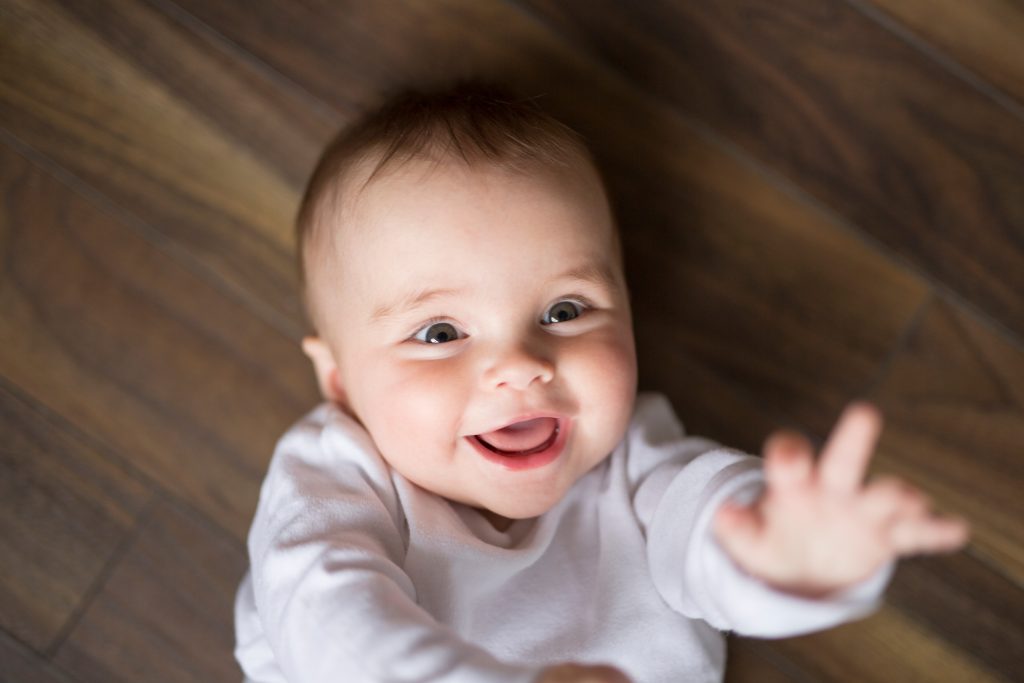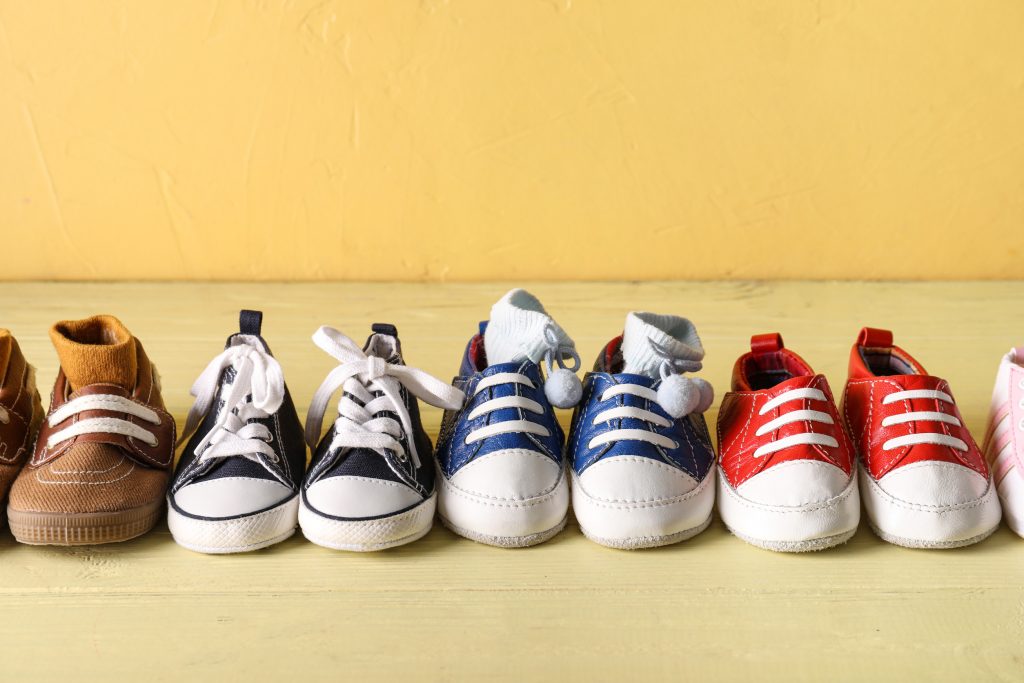
There’s a moment for every parent when it suddenly hits—when did my baby get so big? It sneaks up on you in the middle of everyday life. One second you’re rocking a swaddled newborn, and the next you’re cheering on a kid who just zipped their own jacket. These milestones are exciting, but they also have a way of tugging at your heart. They remind you that childhood is fleeting, and that little hand you once held so tightly is learning to let go.
1. The First Real Smile
That first gummy grin stops you in your tracks. After weeks of sleep deprivation and wondering if your baby even notices you, they look into your eyes and smile. It’s a shift from surviving to connecting. It’s tiny, but it opens the door to a whole new level of bonding. That first smile is when many parents first whisper to themselves, when did my baby get so big?
2. Rolling Over Without Help
Rolling over may not seem like a big deal, but it marks the beginning of mobility—and the end of putting your baby down “just for a second” without worry. It’s the moment you realize they’re no longer completely dependent on you for movement. There’s a pride that comes with it, sure, but also a sense of, wait, weren’t you just a potato with a pacifier? And suddenly, you’re baby-proofing everything in sight.
3. Sleeping in Their Own Bed
The first time they sleep in their own crib or transition to a toddler bed, it feels like graduation day. You go from hearing every tiny sound to sleeping in a quiet house—and that silence is loud. It’s one of those milestones that brings relief and heartbreak all at once. They don’t need your arms to fall asleep anymore. Cue the late-night whisper: when did my baby get so big?
4. Saying Their First Word
That first real word is magical. It’s not just sound anymore—it’s intention. Whether it’s “mama,” “dada,” or “ball,” it makes your heart swell with pride. It also marks the beginning of a lifetime of questions, opinions, and hilarious observations. Suddenly, the baby you were babbling to is speaking right back.
5. The First Day of Preschool
Tiny backpack. Oversized name tag. Shoes that seem to swallow their feet whole. Watching your child walk into preschool is an emotional gut-punch. You know it’s just a few hours, but you can’t stop thinking, when did my baby get so big and brave?
6. Using the Potty for the First Time
Potty training feels like it takes forever—and then suddenly, one day, they do it. No pull-up. No reminder. Just a confident little voice announcing their victory. It’s independence wrapped in excitement and relief. And just like that, you realize diapers are becoming a thing of the past.
7. Riding a Bike (or a Scooter) Without Help
The first time they push off on two wheels without wobbling or grabbing your arm, your heart skips a beat. They’re moving forward—on their own. It’s thrilling, a little scary, and deeply emotional. It’s one of those proud parenting moments where you cheer with a lump in your throat. Because you can’t help but think, when did my baby get so big and so fast?
8. Losing the First Tooth
That tiny little tooth feels like a big symbol. It’s a visible reminder that your child is growing up—literally. The baby face starts changing, and their grin becomes a mix of gap-toothed charm and new adventures. You try to keep it together while holding that tiny tooth in your hand. And then you realize this won’t be the last part of them that changes.
9. Reading Their First Book Alone
Hearing your child sound out words and flip pages on their own is awe-inspiring. It marks the shift from learning to read to loving to read. You’re no longer the one holding the story—now they’re holding it themselves. It’s an incredible leap in development and imagination. And yep, you guessed it: when did my baby get so big they don’t need my voice for bedtime stories?
10. Saying “I Can Do It Myself”
The first time they say these words, it’s a mix of pride and heartbreak. You’ve spent years doing everything for them—and now they’re claiming their own space and ability. They want to pour the milk, zip the jacket, and buckle the car seat. They’re growing right in front of your eyes. And all you can do is let them, while quietly wondering where the time went.
Milestones That Make You Blink (and Tear Up)
These milestones hit hard because they don’t just mark your child’s growth—they mark the passing of seasons you can’t get back. They sneak up during daily routines and leave you catching your breath in the middle of Target or bedtime. But they’re also beautiful reminders that your baby is becoming their own person. So the next time you find yourself asking when did my baby get so big, pause and soak it in. You’re watching a life bloom—and you’ve been there for every step.
Which milestone made you stop and say, “When did my baby get so big?” Share your story with us in the comments!
Read More:
7 Childhood Milestones That Come With Surprise Costs
Here Are 10 Of The Biggest Milestones A Parent Will Experience With Their Child
Catherine is a tech-savvy writer who has focused on the personal finance space for more than eight years. She has a Bachelor’s in Information Technology and enjoys showcasing how tech can simplify everyday personal finance tasks like budgeting, spending tracking, and planning for the future. Additionally, she’s explored the ins and outs of the world of side hustles and loves to share what she’s learned along the way. When she’s not working, you can find her relaxing at home in the Pacific Northwest with her two cats or enjoying a cup of coffee at her neighborhood cafe.
